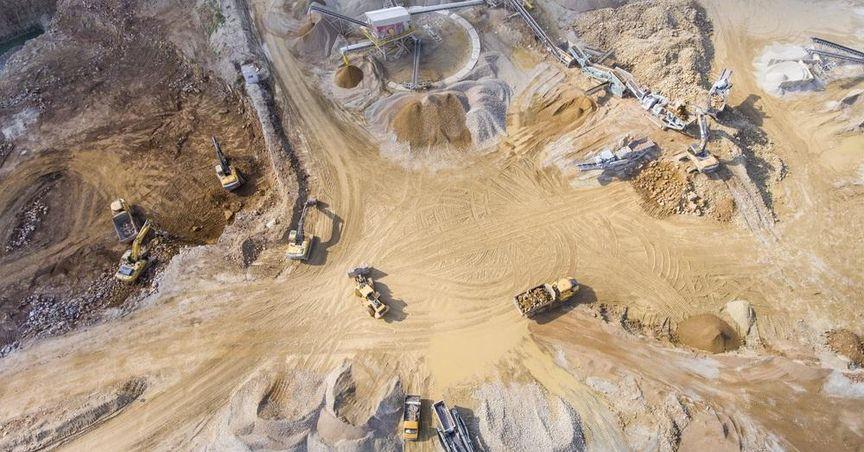Highlights:
Rainbow Rare Earths has successfully produced valuable products from the Phalaborwa Rare Earths Project, including mixed rare earth carbonate and high-purity neodymium and praseodymium oxide.
The company is in discussions with potential off-takers, a critical step toward securing project financing for the Phalaborwa operation, scheduled to commence in 2027.
The Phalaborwa project has a resource estimate of 35 million tonnes with a concentration of 0.44% total rare earth oxides, aligning with the growing global demand for rare earth elements.
Rainbow Rare Earths (OTC:RBWRF) has made significant strides in its operations for the fiscal year ending June 30, 2024. The company has achieved a notable milestone at its Phalaborwa Rare Earths Project in South Africa, successfully producing two key products: a mixed rare earth carbonate and separated neodymium and praseodymium oxide with a purity of approximately 96%. This accomplishment marks the first commercial recovery of rare earth elements from phosphogypsum, a byproduct of phosphate mining, demonstrating an innovative approach to resource extraction.
As the process for separating neodymium and praseodymium approaches optimization, the company plans to shift its focus to isolating other critical rare earth elements, such as dysprosium and terbium. These elements are essential for the production of green energy technologies, including electric vehicles and wind turbines, which are pivotal in the global transition to sustainable energy.
In addition to operational advancements, Rainbow Rare Earths is engaged in talks with potential off-takers, which is a crucial step toward securing financing for the Phalaborwa operation, anticipated to launch in 2027. The company has recently received a substantial investment proposal from the US International Development Corporation and entered into a royalty and placement agreement with mining fund Ecora, bolstering its financial standing. Rainbow Rare Earths currently holds a healthy cash reserve.
The Phalaborwa project is significant, with an estimated 35 million tonnes of mineral resources and a concentration of 0.44% total rare earth oxides (TREO). This positions it as a vital asset in response to the increasing global demand for rare earths, particularly as the market for rare earth permanent magnets has doubled since 2020, with demand projected to grow by 7% annually over the next decade.





